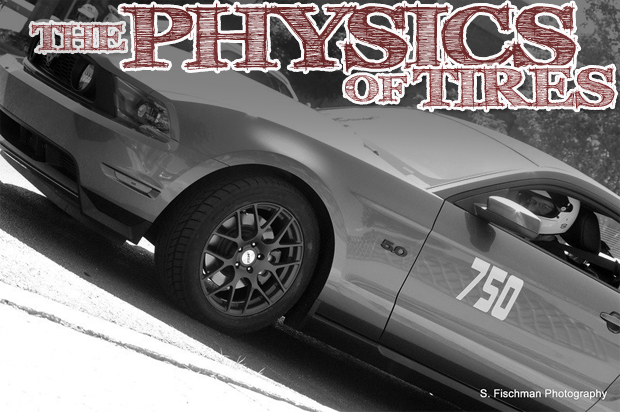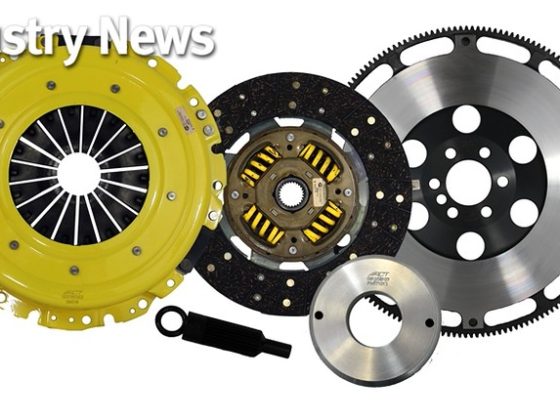,
The Traction Circle
So what have we learned so far? We’ve learned that static friction produces a force only up to a certain point, before the two objects “break free” and slide along with dynamic friction (that is less than static friction). Traction is simply another word for friction used in the automotive world.Tires are just like that box sliding along the floor. They only have so much traction, or grip, that they can give before they start sliding. This available traction is represented by the traction circle:
 |
I didn’t label the axes on this graph, but you could think of them in terms of Gs of acceleration. (One G of acceleration is equal to the acceleration caused by Earth’s gravity: 32 ft/s/s or 9.81 m/s/s.) |
A tire can use its available traction for four different things: accelerating, braking, or cornering left or right. If the tire stays inside of the circle up there, it is gripping the pavement. If it goes outside of the circle into the shaded area, it begins to slip. In our example, we assume that a tire can accelerate, brake, and corner equally well. For a street tire, this is a pretty good assumption. Most race tires, however, are more oblong. For instance, a drag radial will be much “taller” in the accelerate/brake directions than it is in the cornering directions. I will explain how this traction circle works in the following diagrams.
 |
This diagram represents a car accelerating forward in a straight line at the very limit of the tires’ traction. If the car accelerates any more than this, it will begin to spin the tires. This is how a burnout works, by the way. |
 |
This diagram represents a car going around a corner at a constant speed. The tires are at their limits; if the car attempts to corner any harder, it will begin to slide (most likely understeer in this case). |
See how that works? The more aggressively you accelerate, brake, or corner, the longer that vector up there gets, until it reaches the limit of the tires’ traction, and then you start slipping. A tire that is at its limit will usually squeal a little bit. But what happens if you decide to use the tire’s maximum acceleration potential and maximum cornering potential at the same time?
 |
Chaos! That’s what happens! |




2 comments
how to find tyre carcass strength of a give tyre, plz give the formulation
That is two broad of a question for even the tire manufactures to answer.